Having a projector to serve as your home cinema could be a great option especially if you have a big white wall in your room. Projectors are known to be expensive, but a Singapore company called LUMOS has launched a projector called Auro, which is aimed to be affordable.
The Auro Projector has 2 variants – Regular and Smart. The ‘Regular’ version costs S$299 and is your typical plug-and-play projector. The ‘Smart’ version costs S$398 has the added capabilities of screenshare casting, Wi-Fi, Bluetooth and built on Android OS.
This review will cover the ‘Smart’ version of LUMOS Auro Projector, and I will also cover a short analysis on choosing between the ‘Regular’ and ‘Smart’ version.
Tech specs
| Specifications | LUMOS Auro (Smart Variant) |
|---|---|
| Resolution | 1920*1080 (1080P) |
| Brightness | 6000 Lumens |
| Contrast Ratio | 4000:1 |
| LED Lamp Life | >50,000 Hours |
| Aspect Ratio | 16:9/4:3 |
| Projected Screen Size | 50-300 Inch |
| Projection Distances | 1.5-9.2M |
| Short Throw Ratio | 1.35:1 |
| Speaker | 4Ω5W (Dolby Audio Support) |
| Keystone Correction | Horizontal & Vertical±15° (Using Adjustment Mechanism) ±50°(Using Remote Adjustment); With Zoom function |
| Interfaces | AV/VGA/HDMIx2/USBx2/Audio out |
| Supply Power | AC100-240, 50/60Hz |
| Consumption | 150W |
| Weight | 3 KG |
| Dimension | 31.3*23.2*10.4 cm |
| Operating System | Android 6.0 |
| Bluetooth | Bluetooth 4.0 |
| Warranty | 1 Year |
Unboxing
In the box, you will receive the following items:
- Projector
- User Manual
- Power Cable
- AV Cable
- HDMI Cable
- Remote Control
Build quality
The shell of Auro Projector is white in colour with a matte finish. The overall build quality is pretty solid, no flex or any finnicky components. The projector feels sturdy and durable. The front and back of the Auro Projector has a cloth-like finish which covers the speakers that is built into the projector. On the base, there are four feet and an adjustable leg.
Ports selection
There is a wide array of ports available. You have one SD card slot, two HDMI ports, two USB ports, one VGA port, and you even got a LAN port. You even have your traditional audio-video port. There is also a 3.5mm audio jack as well.
Projection quality
The LUMOS Auro Projector has a display resolution of Full HD 1080p, with 6000 lumens of brightness. The projector quality is pretty good, images and text are relatively sharp and clear. The projector is best used in a dark room. Comparing to the BenQ EH600, the BenQ is much sharper and more colour accurate. But then again the BenQ EH600 costs S$1,399 while the LUMOS Auro Projector costs only S$398. And for S$398, I’d say the projector quality is a great bang for your buck.

As with all projectors, the LUMOS Auro Projector has keystone correction to ensure that your projection looks like a nice rectangular screen. There is a knob situated above the lens that allows for keystone correction. However, I found that if you use the physical knob for keystone correction, you may end up with blurry corners and edges. Instead, what I’ll recommend is to configure the keystone correction in the software of the projector. I found that the keystone correction via the software kept the text and images at the edges and corners sharper than using the physical knob.
Another great feature of the LUMOS Auro Projector is that is has a short throw distance of 1.5m. This means that if you have small room, the projector will still be able to display a large enough projection. From my testing, placing the Auro Projector at 1.5m away from my wall, it is able generate a 47″ display.
Speakers
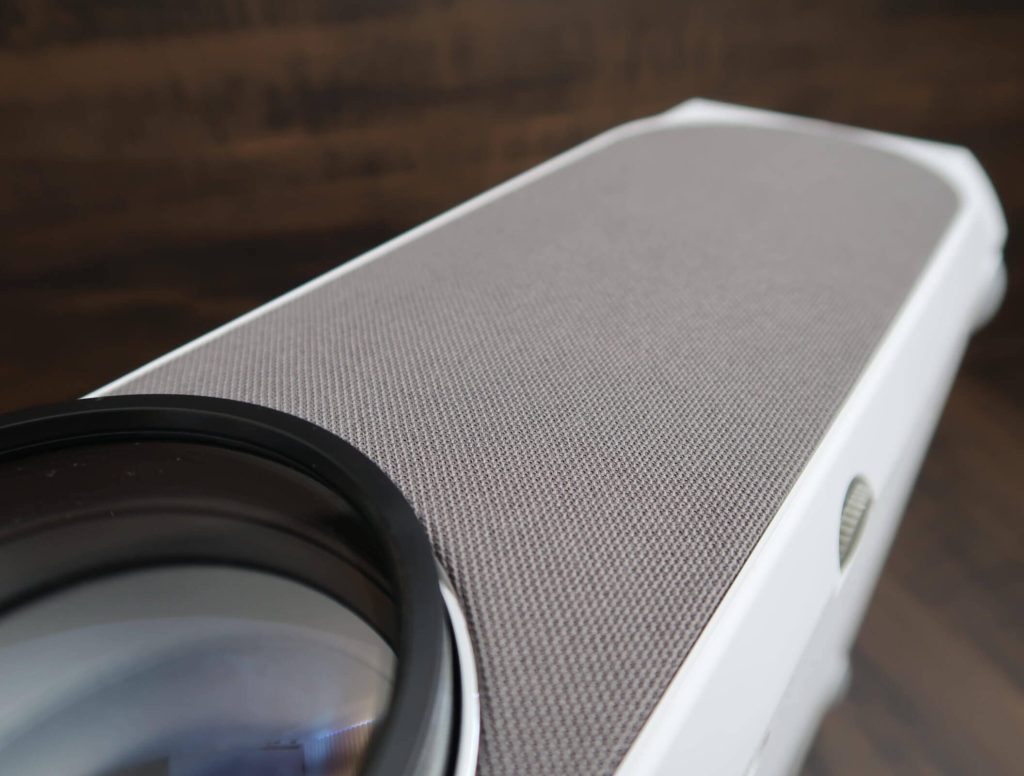
The speakers on the LUMOS Auro Projector are surprisingly good for a projector. They can get quite loud which is good especially if you are using it as your main audio output. Having said that, do not expect impactful sub-bass response, but it does offer impact bass. There is a good amount of clarity on vocals when in movies or YouTube dialogue.
Input sources
LUMOS Auro Projector offers many ports so no matter what media you wish to watch on the big screen, you’re likely to have an option to do so.
HDMI
There are two HDMI ports available and they output display at 1080p with 60Hz refresh rate. Having two ports is useful especially if you plan to connect it to your laptop or a PS4 for example.
“ChromeCast” / “AirPlay”
This feature is only available on the Smart version. If you want to cast your content from your smartphones, the LUMOS Auro Projector supports casting via AirScreen and MiraCast. AirScreen supports AirPlay while MiraCast supports ChromeCast. Do note that the LUMOS Auro Projector uses third party software for casting and not the official AirPlay and ChromeCast support that other high-end projector may use.
Both AirScreen and MiraCast work to a fair extent, though the experience is usually a hit-or-miss. Its best use case would be sharing of screen to share photos and videos on your phone, rather than casting streaming content. Casting streamed content is quite buggy, feels a little sluggish, and sometimes have audio-video latency.
Apps such as YouTube and Netflix are already downloaded on the projector. Playing video on the YouTube app does not feel sluggish like casting. Also, you can download browsers from the Play Store on the projector if you want to stream video content from other sites as well.
USB drives / SD card
The LUMOS Auro Projector supports FAT, FAT32 and NTFS types of drives. Do note that ExFAT format USB drives are not supported. Once you insert a supported USB drive, you see a USB tick icon appear at the top right hand corner of the display. Simply go the the ‘USB’ source to view the files in the USB drive. Video files with an .mkv extension seems to be unsupported by the default player, .mp4 files do play without any issues.
User experience
The LUMOS Auro Projector has an easy to use operating system, with most of the key functionalities embedded on the home screen for quick access. The included remote control is useful for changing of volume, switching of input sources and going into settings. You can even connect a keyboard and mouse either via USB or Bluetooth. This can come in handy if you are surfing YouTube as it is way easier to type using a keyboard. Furthermore, you can connect the Projector to Bluetooth speakers or soundbars if you want to as well.
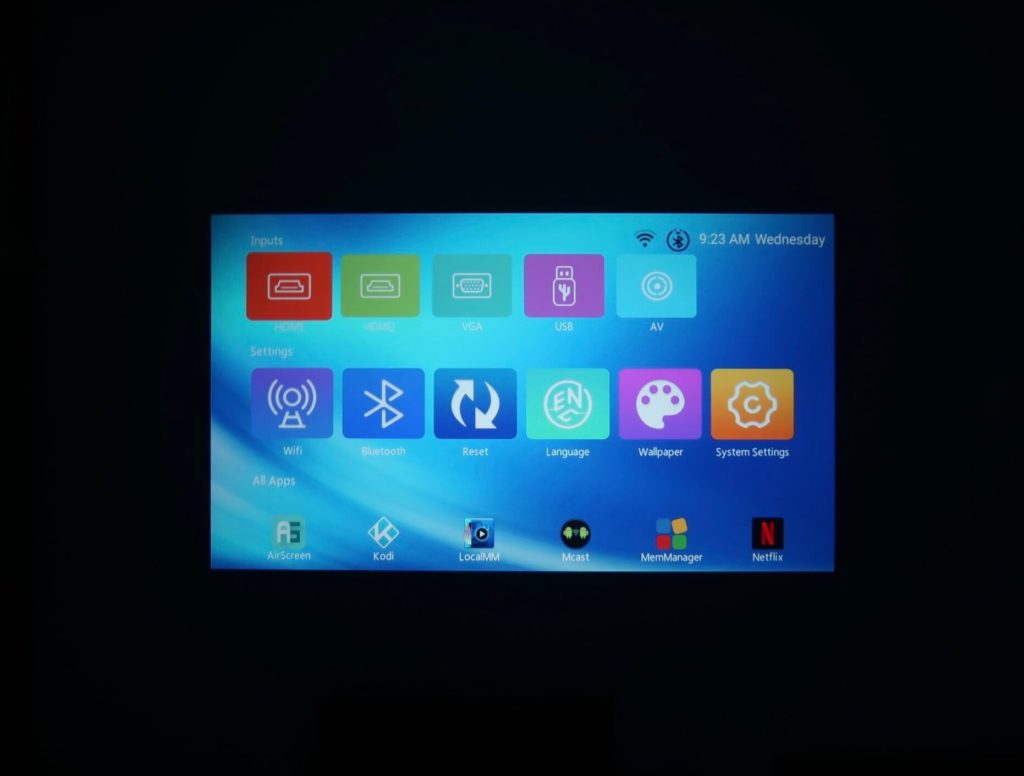
I find the HDMI input source as the best way to project content as it the most stable and you can probably get faster internet speeds on your laptop. Casting content is somewhat a hit-or-miss situation as it can be unstable at times. What sets the ‘Smart’ version apart from the ‘Regular’ version is that it runs on Android OS and have pre-installed media apps such as YouTube and Netflix to quickly play desired content.
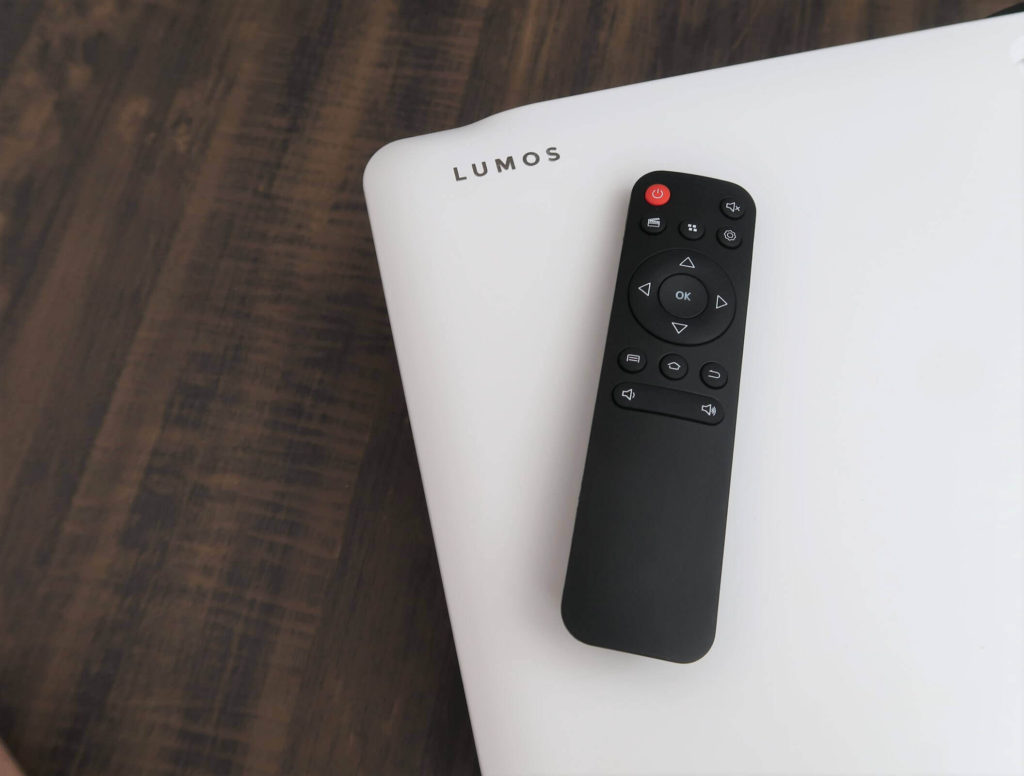
The speaker of the LUMOS Auro Projector is pretty good as well. I usually do not use the speakers in projectors as they cannot get loud enough and have rather dull sound. However, the speaker of the LUMOS Auro Projector can get loud and full enough to offer you a great viewing experience if you were to rely on them.
Smart or Regular version?
Is the S$100 more worth to get the Smart version? Maybe not. The Smart version offers you casting and the ability for Apps such as YouTube and Netflix to be pre-installed. You could also surf the net on the Smart version but I doubt anyone would actually do that. But as the wireless casting experience on the Smart version is not exactly very reliable in my time of testing, it makes the premium for getting the Smart version not really worth it
I believe its much better to use the extra S$100 to DIY your own Smart version.
DIY Smart version with the Regular version
Purchasing Chromecast. Most media apps such as YouTube and Netflix are already compatible with Chromecast, and the casting quality is more consistent as well. To get Bluetooth, you can get something like the Creative BT-W2 which can deliver latency-free audio. I am yet to test if this device works as it is dependant on whether the USB port on the LUMOS Auro supports USB audio. Alternatively, you can also opt to use a 3.5mm Bluetooth transmitter such as one from UGreen provide Bluetooth capabilities for you to connect to Bluetooth speakers.
Conclusion
Overall, the LUMOS Auro Projector is built in a way such that it is easy for you to setup and enjoy your content. The display is good, and even better for night time viewing. The speakers are reliable and sound great, so you don’t have to fiddle with connecting other speakers.
LUMOS got the basics of a good projector right, and for S$299 to S$398 it is a good price to get you started in enjoying a home theatre experience. The LUMOS Auro Projector is also available in the Regular version which costs just S$299, which I’d recommend over the the Smart Version – the scores below will include the value of the option of getting the Regular version.
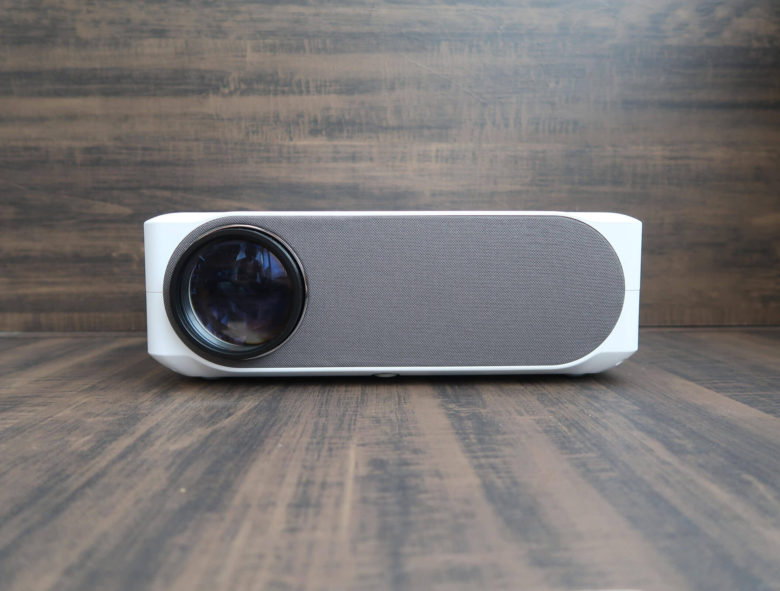

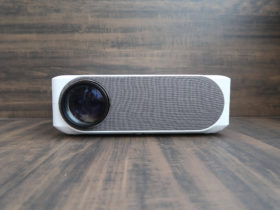





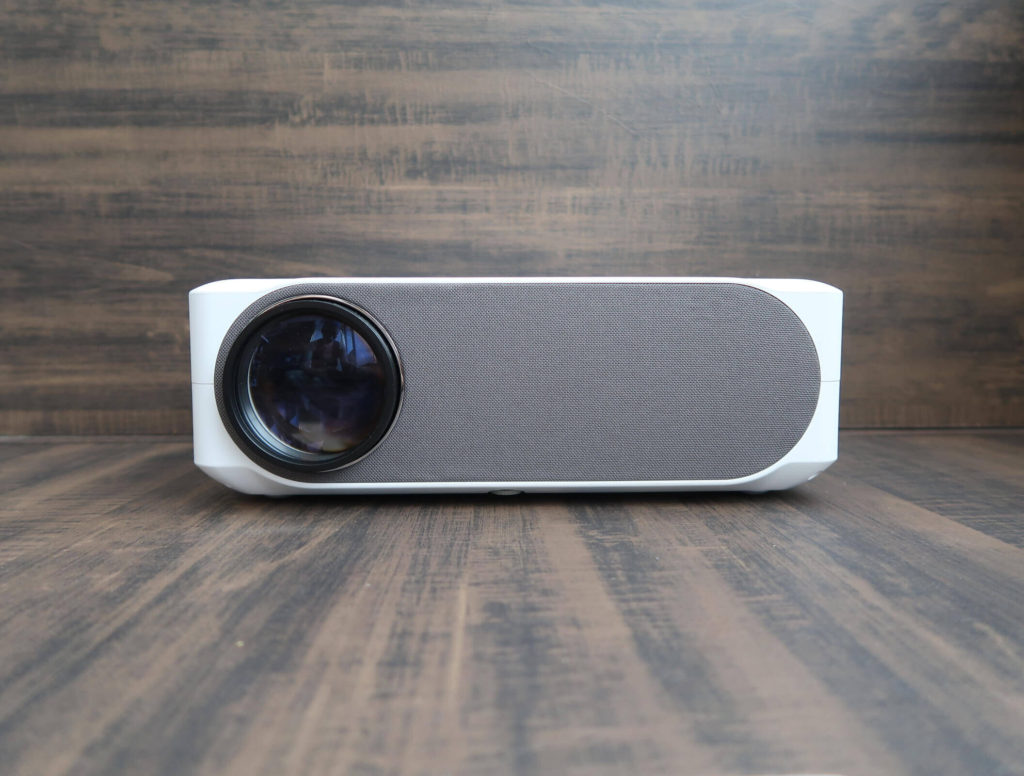
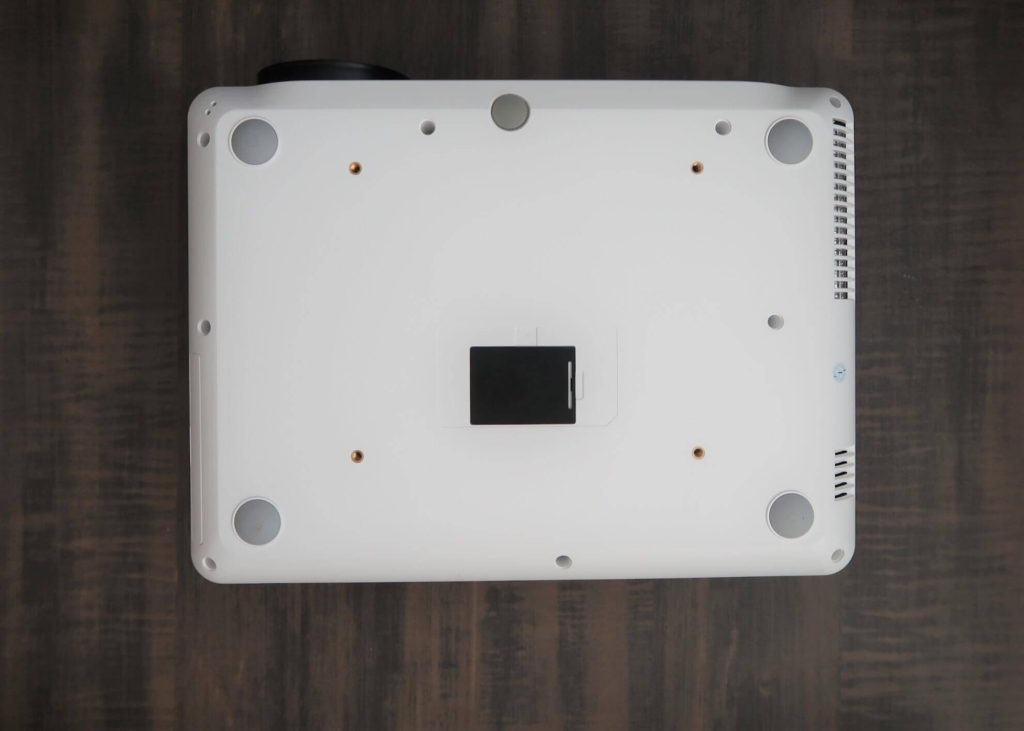
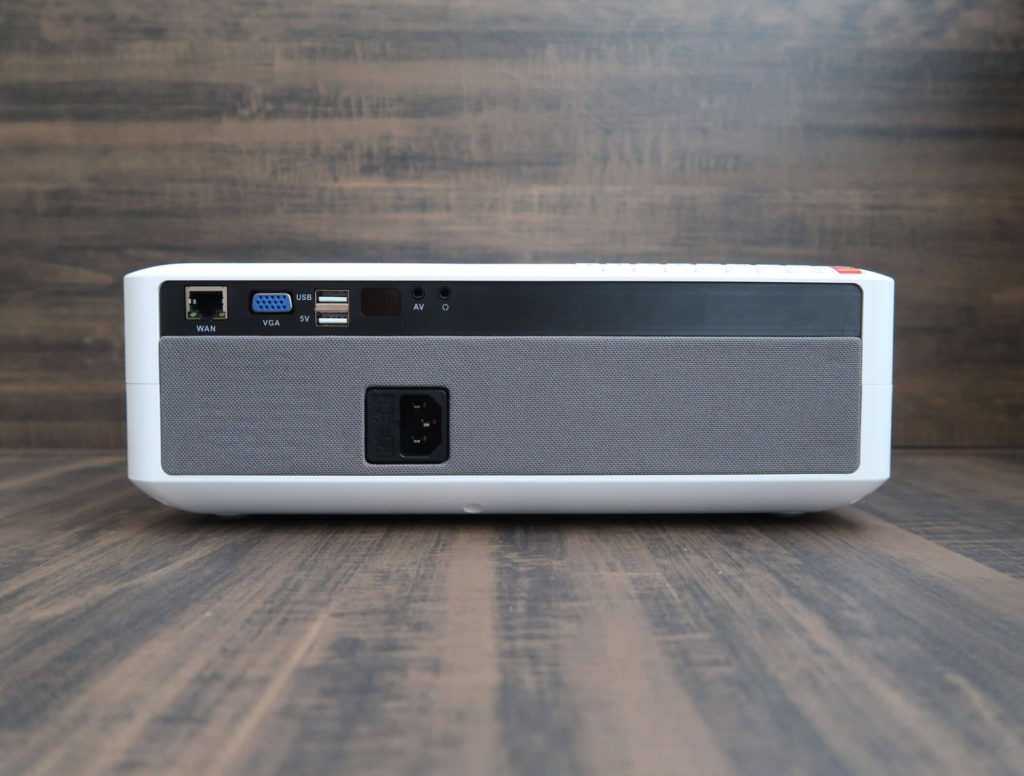

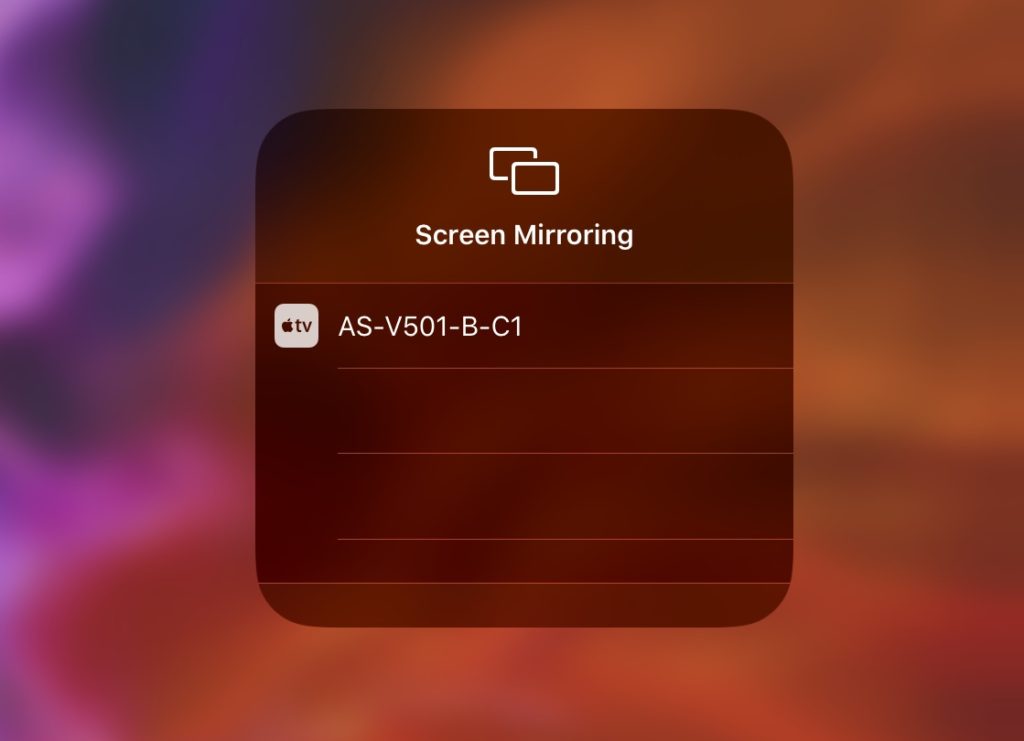
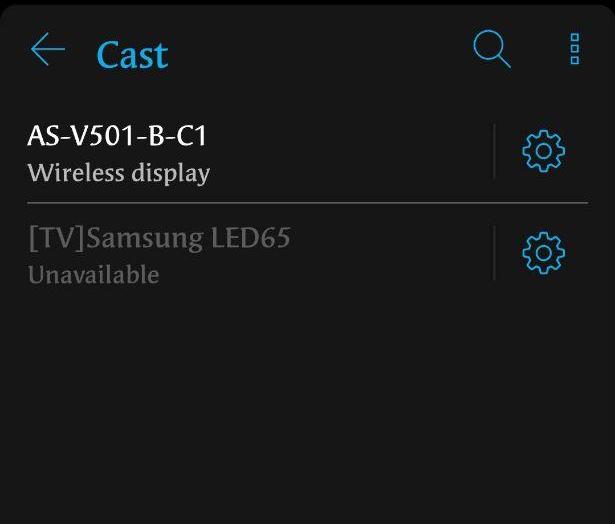







Hey thanks for the review… I do have a question.. can Creative BT-W2 really work on this project or?
Conceptually it should work, but as I do have any of the said devices with me I cannot confirm. Alternatively, you can also use a 3.5mm Bluetooth transmitter to get Bluetooth. Let me check with the company and a friend to get a definite answer and I will update my reply.
hello! thank you for your review! just wna check, if i get the regular version, i can still connect it with my android phone too?
Hi Joey, can I clarify what do you mean by connecting to your Android phone? Wirelessly or wired?
Hi, great review, a question, if I connect this projector my my Dolby Atmos/DTS-X soundbar is that possible? Because I don’t see any eArc connection port. Please advise. Thank you.
Hi Gerard, Dolby Atmos won’t be supported on LUMOS Auro as there isn’t an eArc port.
Android 6.0 can update to 9.0 ?
Probably have to in the settings if there is a firmware update available. But my guess is no – won’t be able to update to 9.0.
I’d recommend getting the Regular version, and buying a Chromecast with Google TV for smart features.
Hi, i managed to connect JBL speaker Bluetooth to Lumos Auro Bluetooth but when i play music, the sound is still coming out from the Lumos Speaker instead. How should i do about this?
You can try re-pairing the speaker again to the Auro. If it doesn’t work still, you may have to contact Lumos support.
Can use Amazon firestick to this projector?
Yes, simply plug it into the HDMI 1 or HDMI 2 port the change the source to HDMI and you should see it.
Hey there. I have my Apple TV box connected to the projector. I plan on getting a soundbar to replace the built in speakers. Do you have suggestions on how I connect to the soundbar? Thank you
If your soundbar supports AirPlay, then on the Apple TV you can select the audio output via AirPlay. If not, the other alternative will be connecting the soundbar directly to the projector via its 3.5mm jack.
I got the Lumos projector. Within 1 year, I have to factory reset the device 2 times because something always fail to work. Imagine all the apps you have to reinstall and login. Lumos when approached, doesn’t even bother to apologize when the problem lies with their device. Their solution is normally copy and paste which is to factory reset.
If you try to find Lumos Projector on Google review, it almost impossible to find because people can only depend on their website for the 5 star review which is rigged by the way. They use influencers and social media to build their branding. End of the day, Lumos is the one that gained the most money, influencers got only a small portion of what Lumos did. When customers purchase their product, they send an email after purchase to extend 6 months warranty but with conditions such as “Make sure you get a great shot!” and making it public hinting to buyers to give a great review. Another email they sent was to give a review by giving free tripod or cash (if buyer has already have their tripod) at a monthly giveaway lucky draw by sharing LUMOS experience. And you know what? They gave a hint in the email “Tip: Better-looking pictures + video reviews stand a higher chance, so flex it! 🙂 Will be even better if you could pose with your setup too!”. So the reviews are mainly rigged. I was stupid to believe the reviews are real only to realize this tactic after purchasing.
And by the way, I bought their projecting screen, it was stored in the storeroom for not sure how long, the condition was terrible.
Buyers would be better off to purchase other branding . At least they don’t rig reviews
Unfortunate to hear about your experience! If you’re using the Auro, I highly recommend connecting an Apple TV or Chromecast with Google TV as your “Smart” experience will be faster and long-lived. You can search on Carousell to score some deals on those.